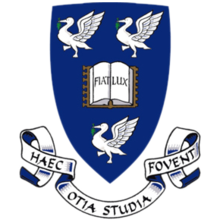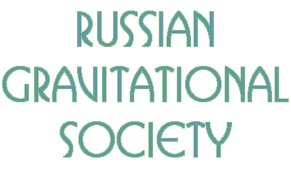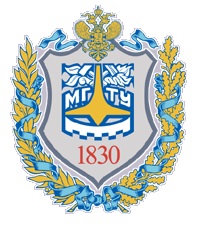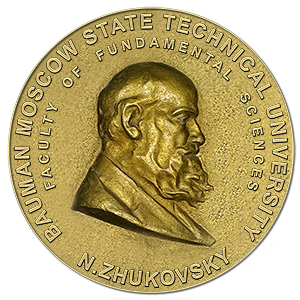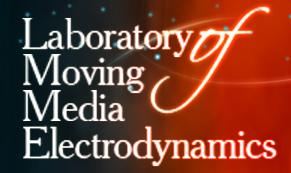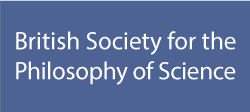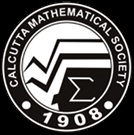|
Gravitational redshift experiments with space-borne atomic clocks
Rudenko V.1, Gusev A. 1, Kauts V.2,3, Kulagin V.1, Porayko N.1
1 Sternberg Astronomical Institute, Moscow State University, Moscow, Russia;
2 Astro Space Center, Lebedev Physical Institute, Moscow, Russia;
3 Bauman Moscow State Technical University, Moscow, Russia;
E-mail: Rudenko rvn@sai.msu.ru
Gravitational time dilation is an important consequence of general relativity and any metric theory of gravitation. Tests of this effect are important not only for fundamental physics but also for applied science as it is finding applications in such fields as satellite navigation and geodesy with clocks. Currently the best test of the gravitaitonal redshift effect is the one of the Gravity Probe A mission with accuracy of performed in 1976. We give and account of historic experiments to test the effect as well current initiatives to improve the result obtained by Gravity Probe A. We also give the status update of the experiment to measure the effect with Radioastron.
Keywords: gravitational theory, gravitational redshift, photon.
DOI: 10.18698/2309-7604-2015-1-439-446
Article file: Rudenko.pdf
| 
